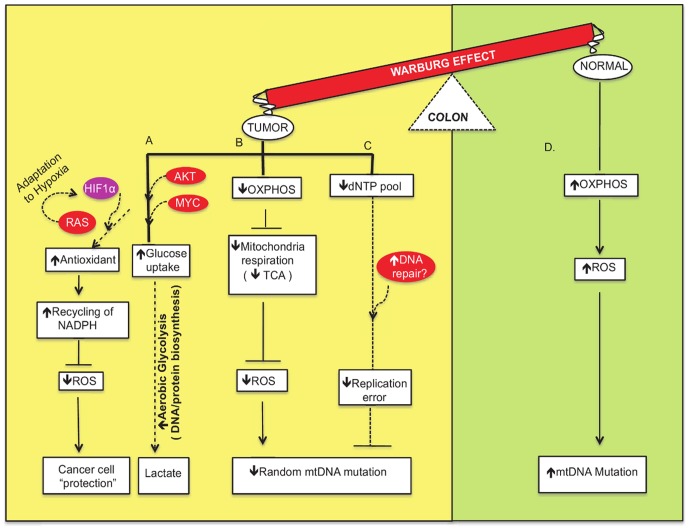Figure 1. Network modeling of the interconnections among the crucial factors involved in metabolic flow and signaling pathways of the Warburg effect to “protect” the cancer cells.
(A) Cancer cells make use of their nutrient-rich environment by taking in glucose and converting it into molecular precursors by aerobic glycolysis (shown in yellow). This is mediated by activation of proto-oncogenes such as AKT and MYC and other genes in important growth factor signaling pathways. Moreover, RAS-mediated activation of HIF1 induces adaptation to hypoxic environments and promotes “niches” that are conducive to cancer cells. In addition, the use of antioxidants and recycling of NADPH as defense mechanisms to sequester ROS favor the survival of cancer cells. (B) Oxidative phosphorylation (OXPHOS) impairment leads to crippled mitochondrial respiration. The dysfunctional TCA cycle generates fewer reactive oxygen species that may or may not induce DNA damage, and this subsequently leads to fewer mitochondrial DNA mutations. (C) Efficient repair of mtDNA leads to fewer mutations and less mitochondrial dysfunction. (D) In contrast, normal, low proliferative cells utilize OXPHOS and generate ROS that induce mtDNA damage and increase mutation frequency (shown in green).

